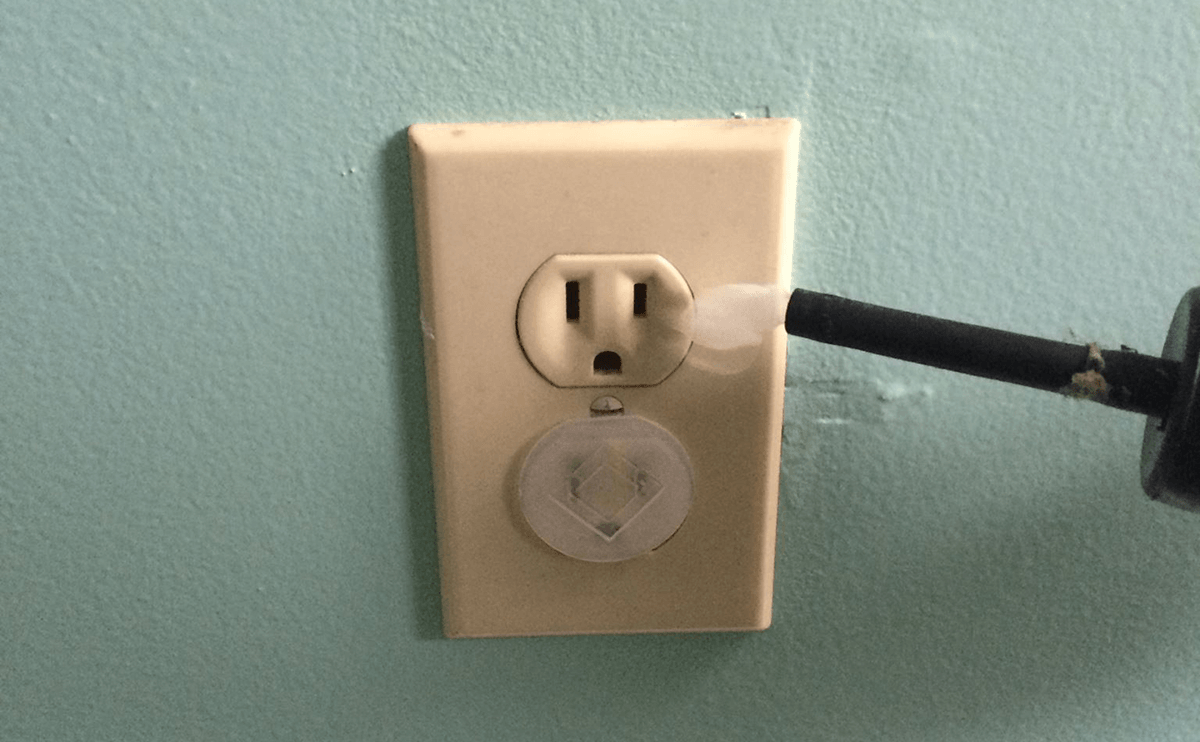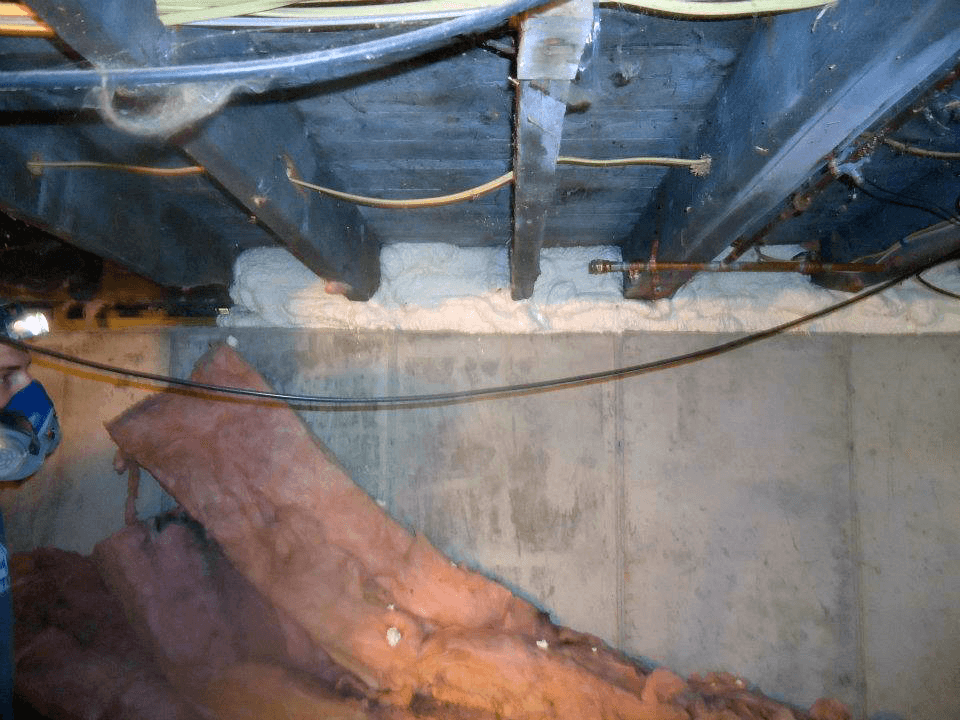Insulation
We use cellulose, One or Two-part foam, and Rigid Board insulation. We open blow cellulose in attic floors and other cavities to a depth that will bring the R-value to at least 50 (if there is no exiting cellulose that is 18 inches). We dense pack cellulose to a density of 3.5 pound per square inch to ensure that it does not settle in walls and slants. In cases where cellulose is not the best option, we use 2-part foam with the thickness being determined by where it is being applied. Rigid board is also used in many places to minimize the use of foam.
Air Sealing
We use One and Two part foam for air sealing. We use it to seal top plates, pipe and wire penetrations, attic hatches, etc… Dense pack cellulose, when blown to 3.5 pounds per cubic foot, also air seals. We use this in walls and slants.
Moisture Mitigation
After a building is tightened, moisture can become an issue. We install Panasonic fans and ensure that they are vented properly to the outdoors. We place them in the areas where moisture is most prevalent like bathrooms, kitchens, etc…
Hatches, Doors and Windows
Hatches: We build attic hatches using 6 inches of Rigid insulation and foil tape and than seal the hatch with Q-Lon weather strips.
Doors: We install Q-Lon weatherstrips and door sweeps on doors.
Windows: Replacing windows in a home is generally not the most cost effective way to save energy. While we do replace windows if the customer wants it, we generally just ensure that they are air tight by installing side sash locks, weatherstripping and sometimes caulking them.

Betsy and CharlieHi Elliott,
Actually, Happy Warm New Year!We couldn't have picked a better time to have you do the work on our house. We have been warm and toasty through this cold weather. What a difference!

